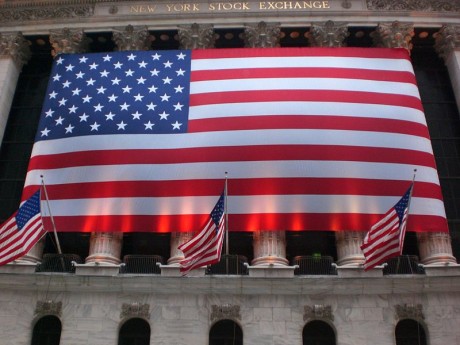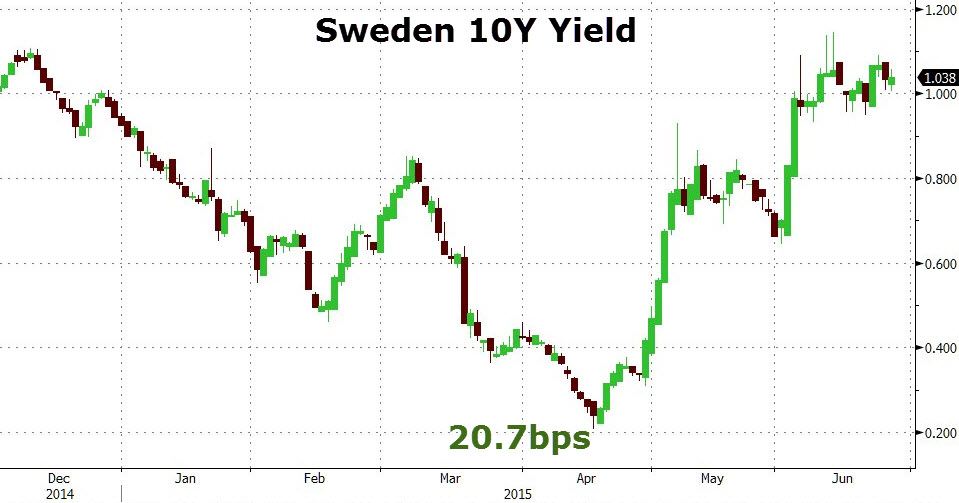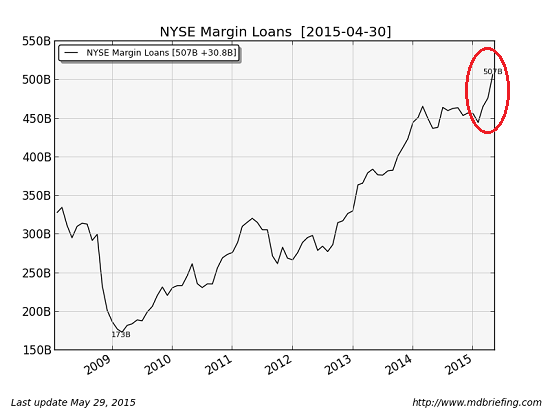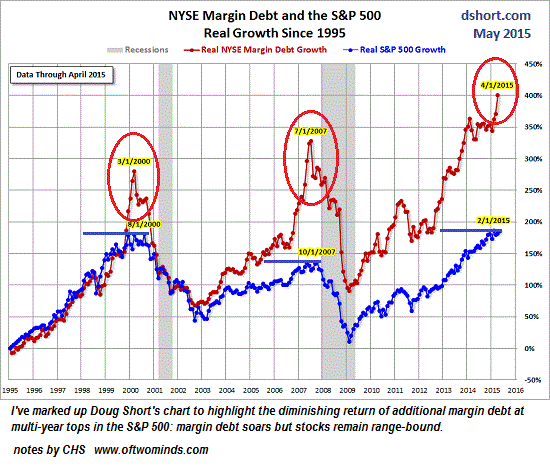 This is the question that astute investors are forced to ask themselves these days. No reasonable person believes that a system of ever-expanding debt can resolve painlessly. It simply cannot happen… not, at least, until 2+2 stops equaling four.
This is the question that astute investors are forced to ask themselves these days. No reasonable person believes that a system of ever-expanding debt can resolve painlessly. It simply cannot happen… not, at least, until 2+2 stops equaling four.But the international money system, while deeply interconnected, can implode in sections. In fact, it’s highly unlikely that it will crash as a single unit.
So, if you have significant moneys to invest, you end up coming back to our question: Who will be the last to crash? Once you decide that, you can concentrate your assets in that place, hoping to come through the crash with at least most of your value intact.
Let’s look at several aspects of this:
#1: Background statistics:
- World debt is upwards of $200 trillion, and growing steadily. World GDP is $70-some trillion, only about a third of the debt. This debt will not be paid back. Massive amounts of debt will have to be written off in losses.
- US debt is north of $18 trillion. (Amazingly, *cough*, it hasn’t changed in months *cough*.) Forward promises are north of $200 trillion, meaning that a child born today is responsible to repay $625,000. And since roughly half the US population pays no income tax… and presuming that this newborn will be a member of the productive half… he or she is born $1.25 million in debt. Such repayments will never happen. Most of those debts will not be repaid.
- Japan is worse off than the US. The UK is bad. Many EU countries are worse.
These numbers, by the way, are ignoring more than a quadrillion dollars of derivatives and lots of other monkey business. (Rehypothecation, *cough*, *cough*.)
…click on the above link to read the rest of the article…







 As of today, depositors reportedly only get 50 euro per day, because the banks have run out of 10s and 20s.
As of today, depositors reportedly only get 50 euro per day, because the banks have run out of 10s and 20s.





